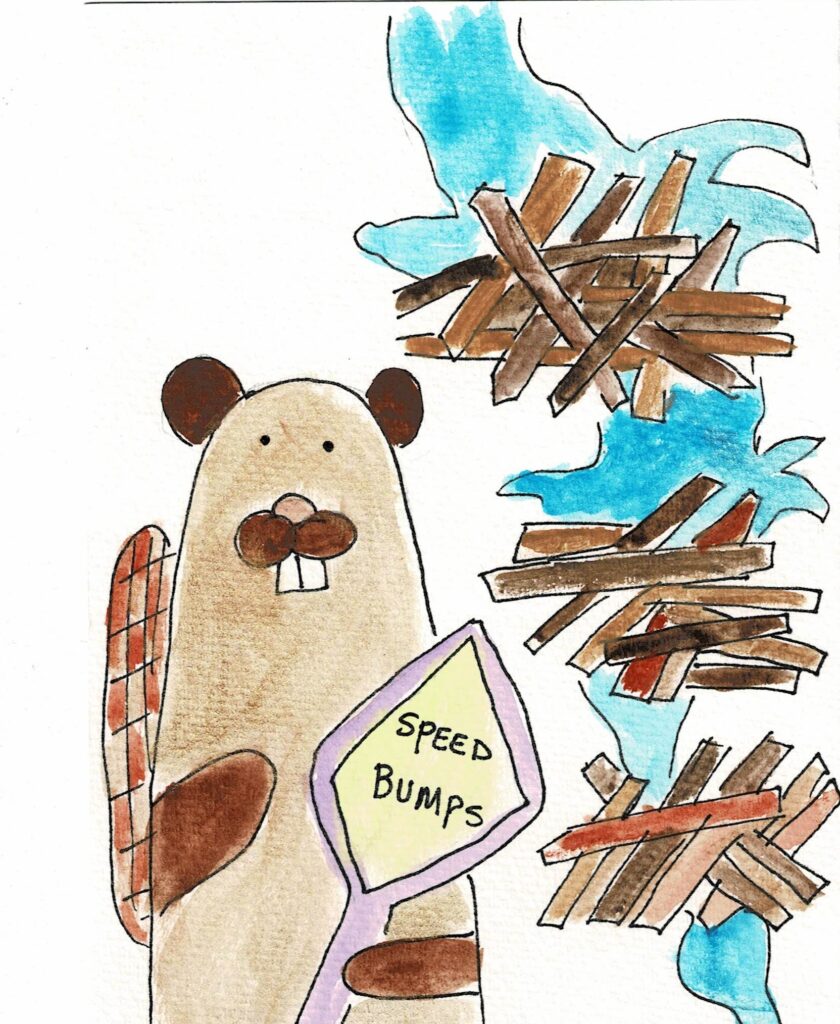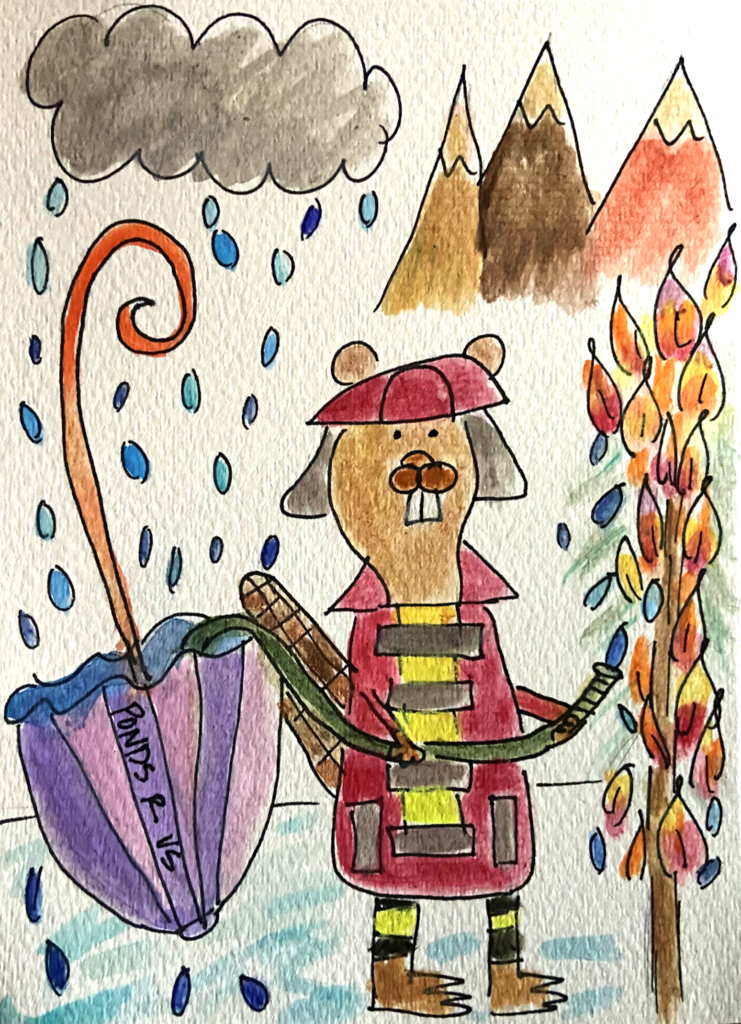There’s another nice OpEd from Vermont wildlife rehabilitator John Aberth. I ch=ould see this as a series with lots of versions over the year.
John Aberth: Why are we killing the one animal that can help us fight climate change?
 We need every single beaver we can get working for us on the landscape, minimizing the threats of flooding and spread of wildfires. We can no longer afford to waste these animals simply to appease the sportsmen’s lobby.
We need every single beaver we can get working for us on the landscape, minimizing the threats of flooding and spread of wildfires. We can no longer afford to waste these animals simply to appease the sportsmen’s lobby.
Last year, I wrote an opinion piece that asked, “Why are we killing the one animal that can increase wildlife habitat?” (VTDigger, Sept. 13, 2022)
This year, with the recent storms that have raised the specter of Irene and damaged thousands of homes and roadways in Vermont, I ask, “Why are we killing the one animal that can help us fight climate change?”
That animal, of course, is the American beaver. The news lately has been full of stories about how beavers are the new “climate change heroes.” Articles last September in The New York Times and the Los Angeles Times documented how beavers are being reintroduced on ranch lands out West because of their ability to create watersheds that protect against wildfires and store water in times of drought.
Here in Vermont, VPR’s “Brave Little State” program recently aired a segment that featured beavers as a way to restore streams to a more natural, “messier” state that would help mitigate the damage from flooding such as had occurred just a few days before the segment aired.
Good point John. Vermont should be paying very close attention now to everything that can help ease tension on their waterways.
 And yet, it is official policy of the Vermont Department of Fish & Wildlife that beavers can be trapped and killed with no bag limit and during an extraordinarily long season that runs for six months out of the year (October through March).
And yet, it is official policy of the Vermont Department of Fish & Wildlife that beavers can be trapped and killed with no bag limit and during an extraordinarily long season that runs for six months out of the year (October through March).
Consequently, beavers are the second-most-trapped animal in Vermont, with over 1,300 animals killed every year, based on the most recent 10-year average (2011-2021). This is done purely for recreational purposes, with the pelts reserved for private use or else sold, these days to a vanishingly small market.
Although the Department of Fish & Wildlife frequently raises red herrings in defense of trapping, such as that it helps protect roadways and their culverts or that it is used for scientific research and biological sampling, in actual fact recreational trapping is entirely incidental to such efforts.
Nuisance trapping of beavers in defense of roadways is generally conducted by local municipalities and by the Vermont Agency of Transportation, and any biological or research sampling of trapped animals makes up a tiny proportion of the overall killing of beavers.
Honestly I’m not entirely sure I believe that nuisance trapping is soo different than recreational trapping. I’m can well imagine that when some city wants to get rid of its beavers it is perfectly willing to pass along the info to public works cousin Billy who might even get a little reimbursement for his time.
 Surely, the needs and desires of the 645,291 Vermonters who do not trap outweighs those of the 279 active trappers who do, and who make up just 0.04 percent of our population, but who cause inordinate damage to our wildlife.
Surely, the needs and desires of the 645,291 Vermonters who do not trap outweighs those of the 279 active trappers who do, and who make up just 0.04 percent of our population, but who cause inordinate damage to our wildlife.
The impacts of climate change — wildfire smoke from Canada as well as flash flooding and heavy rains — is no longer an abstract threat, but are quite real and are present, here and now. We need every single beaver we can get working for us on the landscape, minimizing the threats of flooding and spread of wildfires. We can no longer afford to waste these animals simply to appease the sportsmen’s lobby that dictates wildlife policy.
When beavers are killed, their dam infrastructures degrade and eventually release or are unable to retain the vast amounts of water that they normally do, thus greatly increasing the risks of flooding. The trapping of over 1,300 beavers every year translates into hundreds of acres of valuable wetlands lost every year, making us more and more vulnerable to the unpredictable and extreme impacts of climate change.
It is high time that the Department of Fish & Wildlife prioritized the well-being of the vast majority of Vermonters, and end the trapping of furbearers. As recent events have made clear, nothing less than the health of our planet, and of those who live here, is at stake.
Nicely put John. A live beaver is more useful to Vermont than a dead one. I wish that every state was starting to get that idea.







































